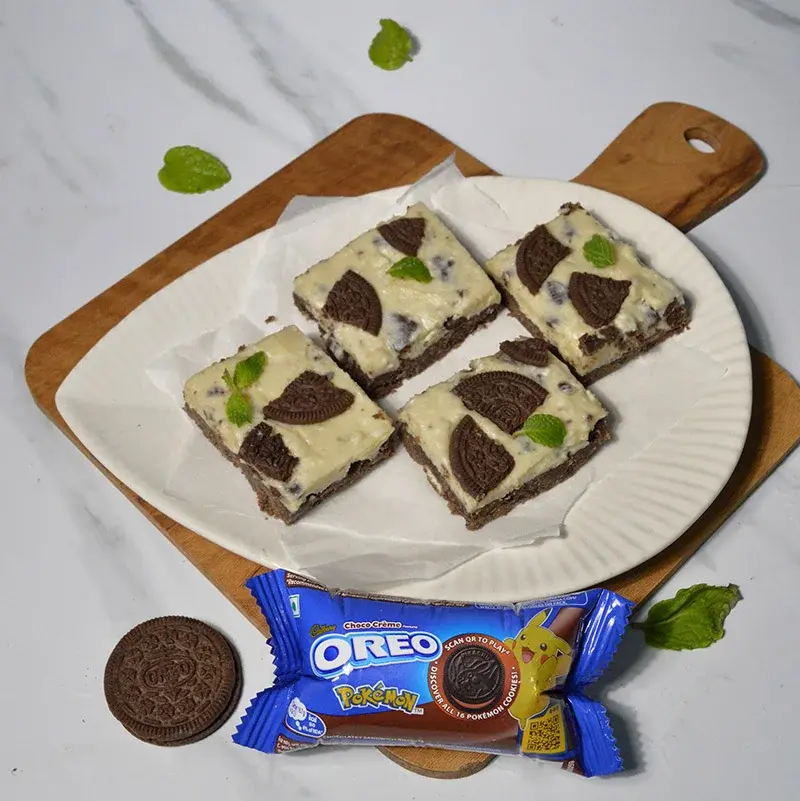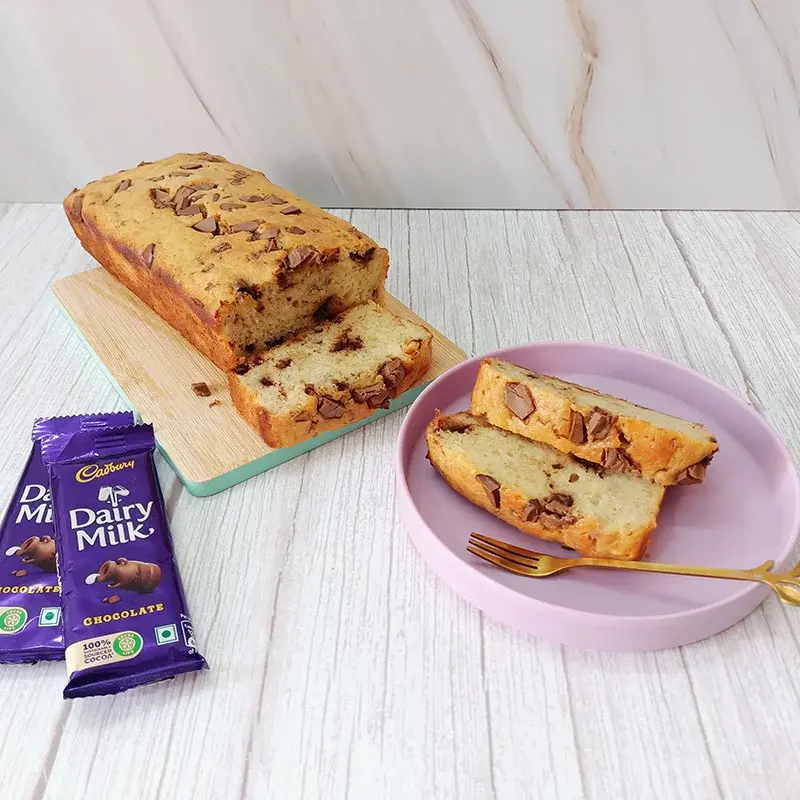Turning brown bananas and squishy strawberries into delicious do-overs — try these creative ways to put overripe fruits to use before they hit the trash.

We've all experienced the disappointment of cutting into a once-promising piece of fruit only to reveal brown spots instead of flawless flesh. Before you dejectedly throw that furry peach or mushy melon into the trash, stop! With a little cleverness, you can rescue these fallen fruits from their destiny in the compost bin. Read on for tips on making the most of your overripe produce.
Bananas
Bananas are perhaps the most notorious over-ripener. Thanks to their high sugar content, bananas tend to transition from perfectly yellow to heavily speckled seemingly overnight. But there are plenty of ways to use up those brown-flecked bananas before the fruit flies descend. Sticking overripe bananas in the freezer is one easy way to buy yourself more time. Frozen bananas keep for up to three months. Thaw them and blend them for mouthwateringly sweet homemade ice cream or milkshakes. For a healthy breakfast, blend frozen bananas with almond milk and cacao powder. Sprinkle in some chia seeds for added nutrition. You can also bake hardy, thick-skinned bananas into bread, muffins, or pancakes. The brown spots will magically disappear as the bananas bake into a heavenly, sweet loaf. Overripe bananas add moisture, richness, and flavor to baked goods.
Berries

Berries also seem to transform quickly from perfectly plump to squishy or moldy. But don't toss out those aging raspberries, blackberries, and strawberries just yet. With a little prep, you can capture that sweet, jammy flavor in sauces, compotes, or jams. Gently cook squashy berries on the stove with a bit of lemon juice, honey, or sugar to draw out the juices. Use the resulting syrup as a topping for waffles, yogurt, oatmeal, or ice cream. Blend softer berries into smoothies and muffins as well. Berries lacking in firmness often blend better than their fresh counterparts. You can also freeze mushier berries for later use in baking projects. Toss them into the food processor to make fruit crumbles and cobblers with very little effort.
Stone Fruits
Peaches, nectarines, apricots, and plums rot fairly rapidly once they become overripe. But a few brown spots shouldn't deter you from using up stone fruits. These summer treats still deliver plenty of sweet flavor and some nutritional value, even when past their prime. Caramelize slices in a pan on the stove with butter, brown sugar, or maple syrup. Spoon this elevated fruit crisp over ice cream or yogurt. You can also blend or mash softer stone fruit into sauces for drizzling over-pound cake. Roast very ripe fruit with nuts and oats topping for a nearly instant dessert. Just be sure to pick out any moldy bits before cooking.
Melons
Whole melons like cantaloupe, honeydew, and watermelon can be difficult to finish before they become overripe. Scoop out slimy sections taking care to preserve as much flesh as possible. Blend melon chunks, including rinds and seeds into refreshing agua frescas. Throw pieces into a blender along with lime juice, chiles, honey, and mint. For a savory salad, toss diced melon with cucumbers, red onion, and feta cheese. Grilled overripe melon takes well to a drizzle of balsamic reduction. You can even add melon rinds to a pitcher of water for sweetly flavored spa water. Get creative with those abandoned melons instead of saying goodbye to them too soon.
Carrots and celery

Don't let those limp celery stalks and rubbery carrots go to waste. Transform them into a versatile flavor powerhouse called sofrito. Sofrito refers to minced aromatic vegetables like onions, garlic, and peppers that are slowly cooked into a flavorful concentrate. Though sofrito recipes vary greatly, they often contain olive oil as a base along with tomatoes or herbs for depth of flavor. Overripe carrots and celery softened through cooking are perfect candidates for enhancing sofrito. Consider adding ingredients like capers, olives, anchovies, or tomato paste to intensify the savory umami goodness. Refrigerate your homemade sofrito for up to a week and add spoonfuls when sautéing veggies, simmering soups, or braising meats. Break out that wrinkled celery and those rubbery carrots one last time before they hit the compost. Give them a new purpose as sofrito and they'll infuse your cooking with rich, concentrated flavor.
As you can see, overripe fruit still has a lot to offer, as long as you're willing to get a little scrappy in the kitchen. Not only will you save money by reducing waste, but you may discover a new favorite recipe along the way. So next time you spot some spotted bananas or a fuzz-speckled peach, see it as an opportunity to experiment beyond fruit salads and smoothies. Your taste buds will thank you.
More Like This
Popular Articles





Trending Web Stories
Curated Recipes
















